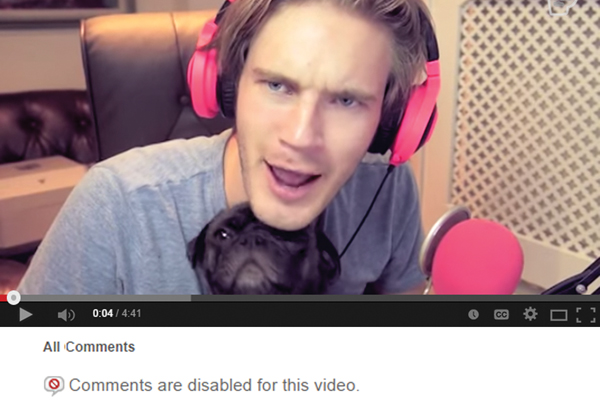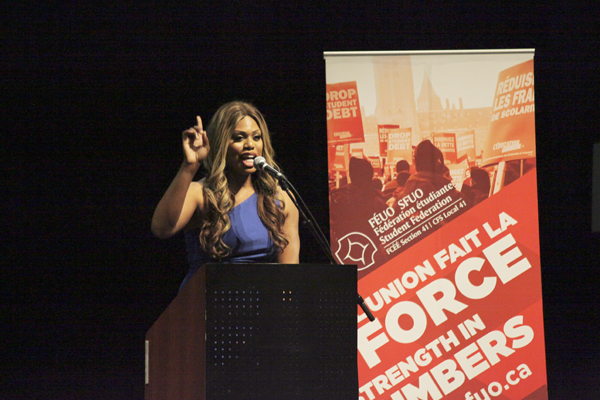Why the police response in Missouri is more than just a racial issue
Photo by Steve Kaiser
“I’m a cop. If you don’t want to get hurt, don’t challenge me,” said Sunil Dutta, a 17-year veteran of the Los Angeles Police Department. These words were used as the headline of an Aug. 19 op-ed piece in the Washington Post, a piece written by Dutta himself.
Having weighed in on the recent protests raging in Ferguson, Dutta is effectively saying that the act of openly disagreeing with an officer instantly puts you in the wrong, and that any violence which may erupt as a result becomes the fault of the civilian.
Michael Brown, an 18-year-old black man, was shot down in Ferguson, Mo. on Aug. 9, sparking the protests that motivated Dutta’s response. As the evidence continues to pour in, it’s becoming increasingly apparent that Brown was a victim of police brutality in the highest regard. Eyewitness accounts, and now an autopsy report, both conclude that Brown was most likely in the process of surrendering when he was shot six to eight times, twice in the head.
Regardless of the events that may have transpired beforehand, the act of shooting a suspect when they are trying to surrender amounts to murder.
Contrary to what many have said, I do not believe that this is a case of racially motivated murder. It would be too simple to describe this problem as a consequence of racism. It reveals a different problem: the increasing divide between police and the rest of society. Instead of protecting and serving, police forces everywhere have become focused on enforcing and subduing, a mentality that’s encouraged by the highest levels of power.
Many will probably say they’ve had pleasant interactions with police, but there are many more—especially in lower-income communities— whose only interactions involved some form of confrontation.
Look at the equipment that police forces use. Since 2011, the Pentagon has offered to provide military-grade hardware to police throughout the country. Protesters who once faced riot shields and blare horns now find themselves squaring off against tanks, military-grade assault rifles, and in some cases, drones. When I first saw pictures of the police response to the protests in Ferguson, I thought I had mistakenly discovered photos from recent conflicts in Iraq or Afghanistan.
That’s the real issue here. A truly free and democratic society is supposed to maintain a balance between average citizens and people in power. This is so corruption and abuse is minimal, and so change can be brought about without bloodshed or violence. However, as police continue to acquire more sophisticated methods of intimidation, what chance does society have to confront those in power when they act against their interests?
The scary part is that this isn’t a problem caused by any one person. This is a product of a system that has become paranoid by threats— real or imagined—and has become obsessed with the idea of security. As a result, cops are now viewed as an outside force that exists only to scare the public. When I was reading article after article about the protests, I noticed that many writers described the events as the police facing off against the residents of Ferguson. The reality is that many of the police officers live in Ferguson or nearby communities. However, the culture of alienation has so distorted our perceptions that we can only see them as menacing storm troopers.
Regardless of what may have transpired beforehand, Michael Brown was a kid who didn’t deserve to die. This is no longer about the actions of one officer who displayed poor judgment—this is about an entire community that feels cheated and abused by the very people who have sworn to protect them.






